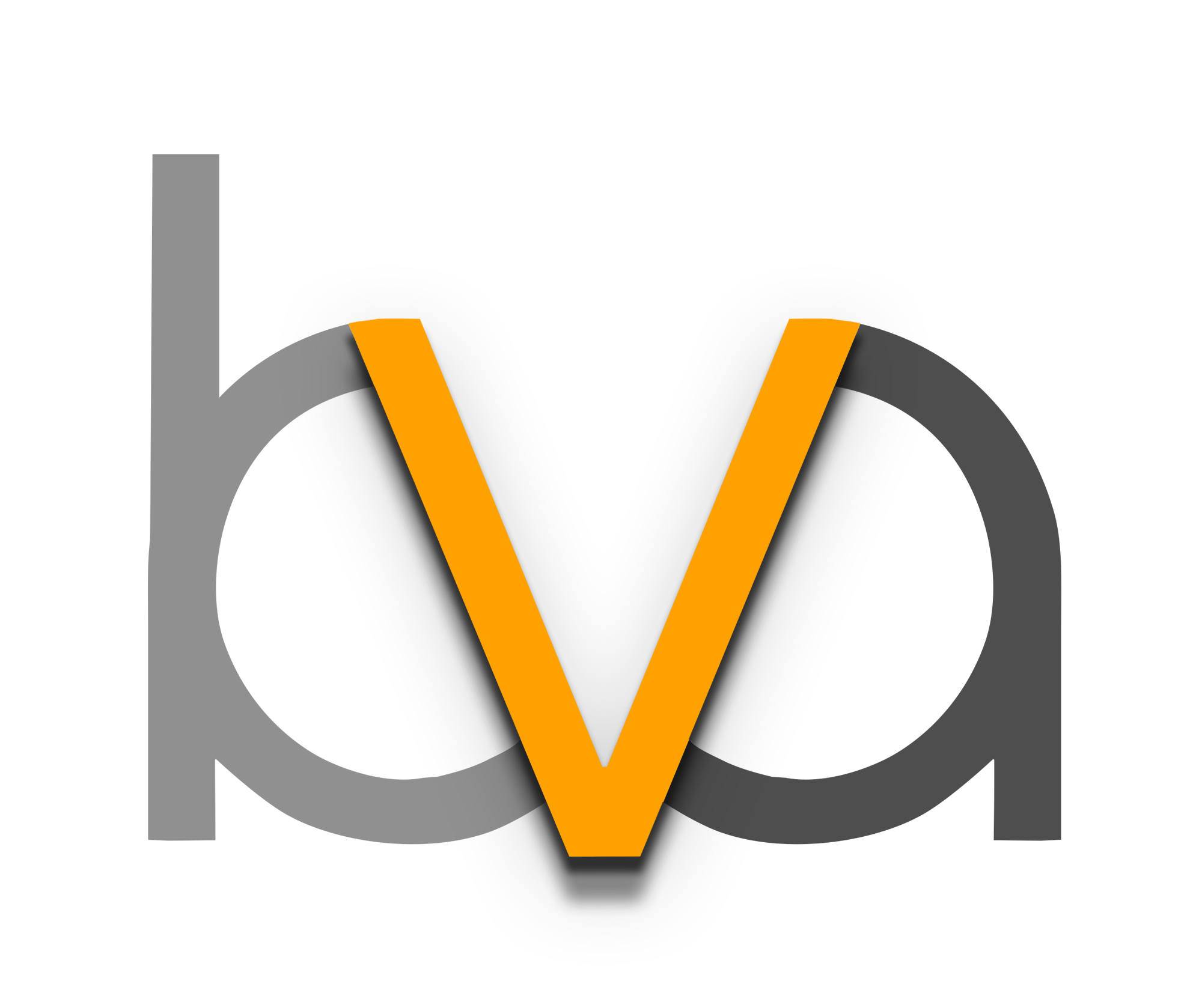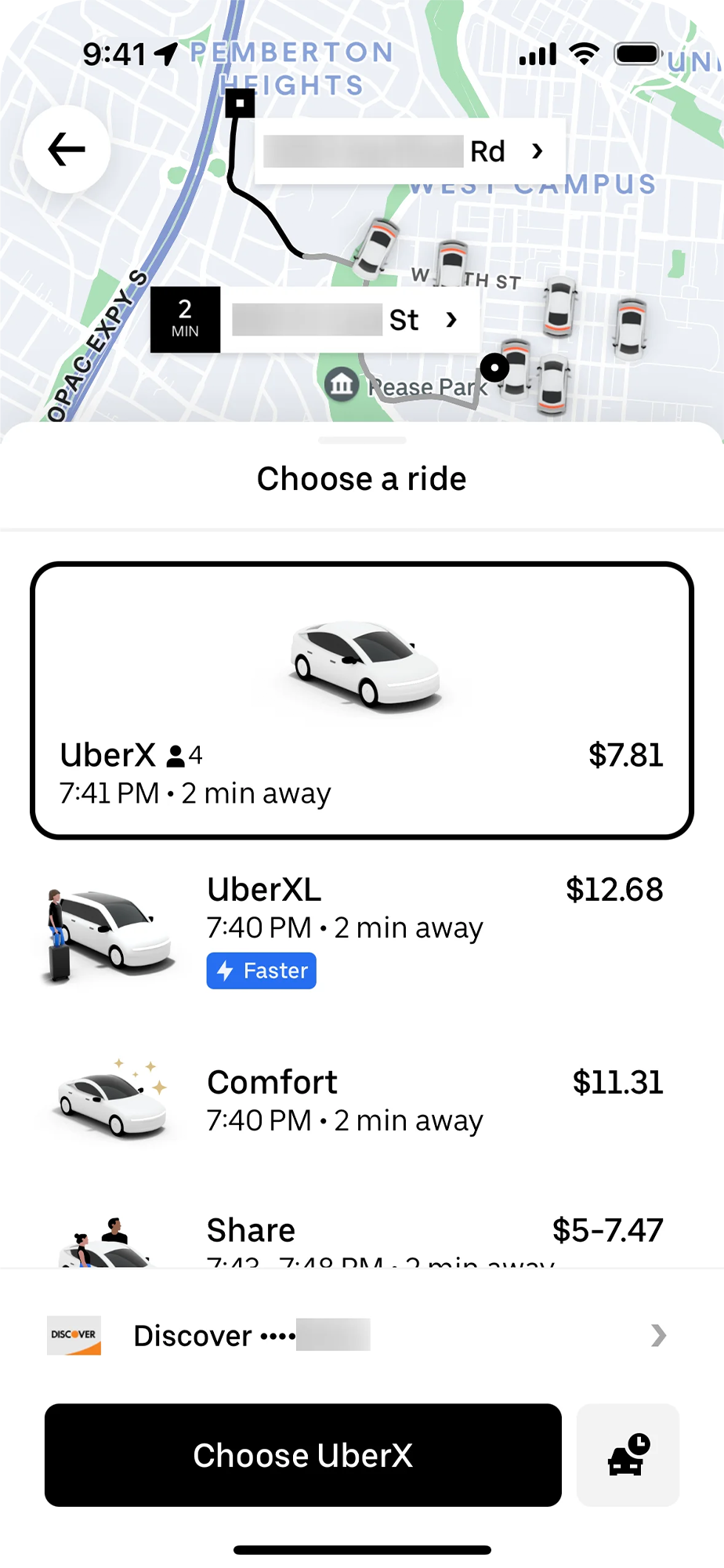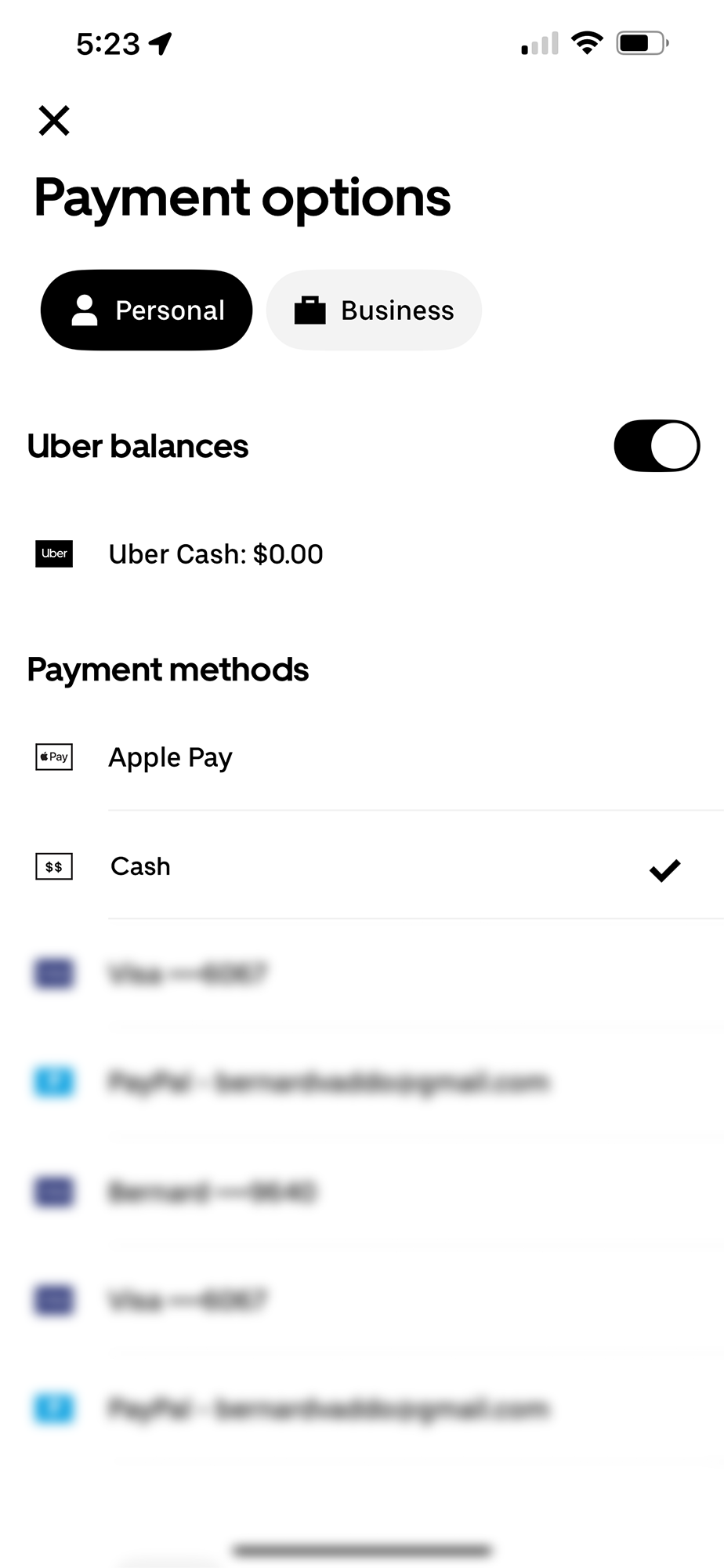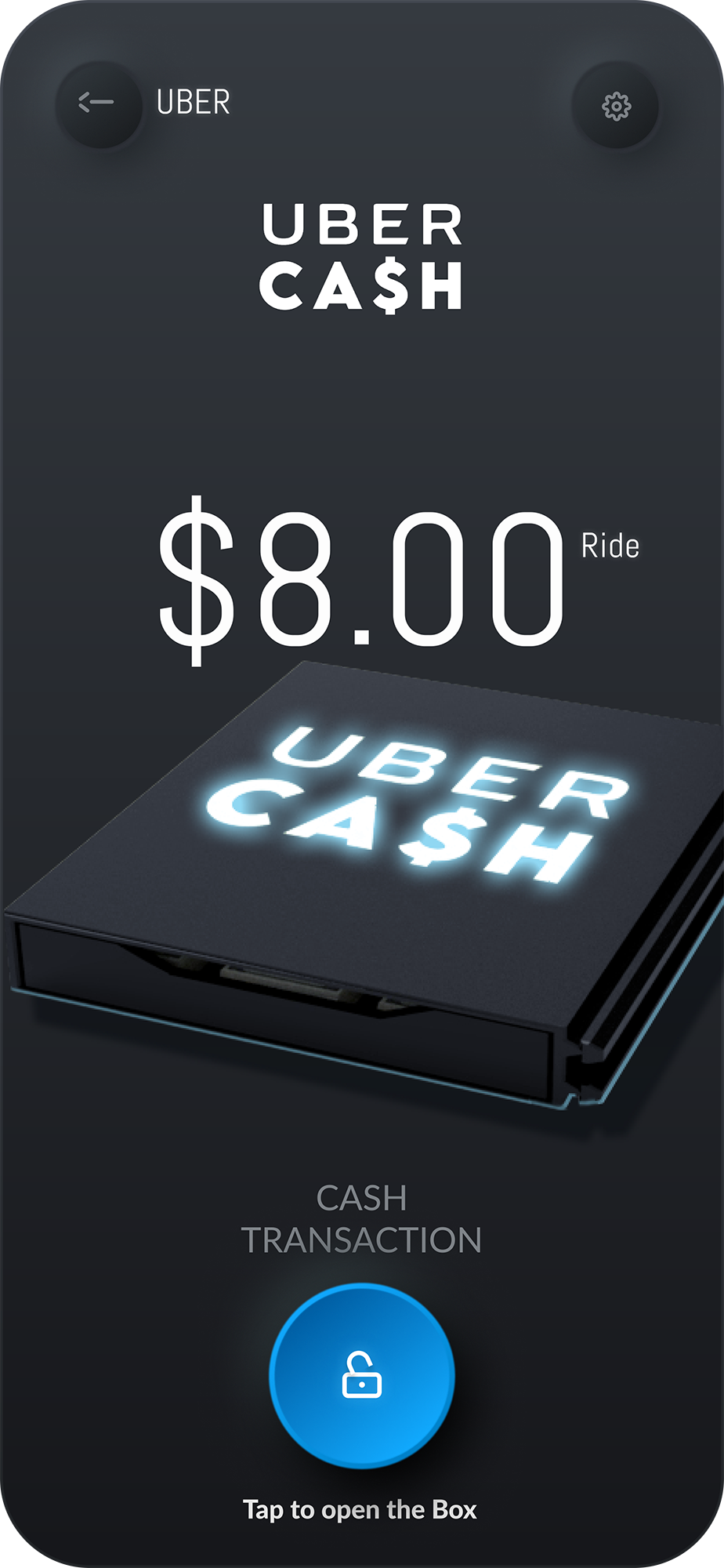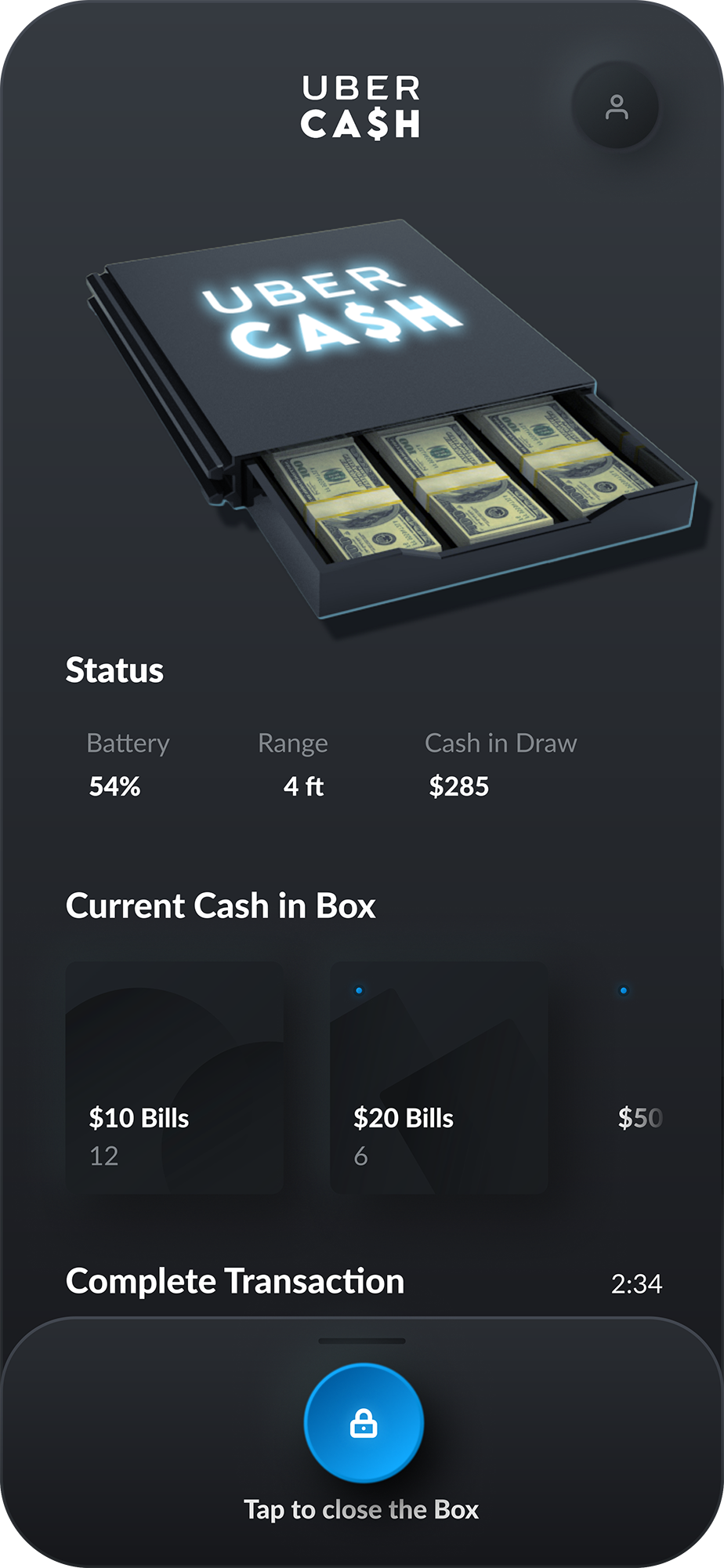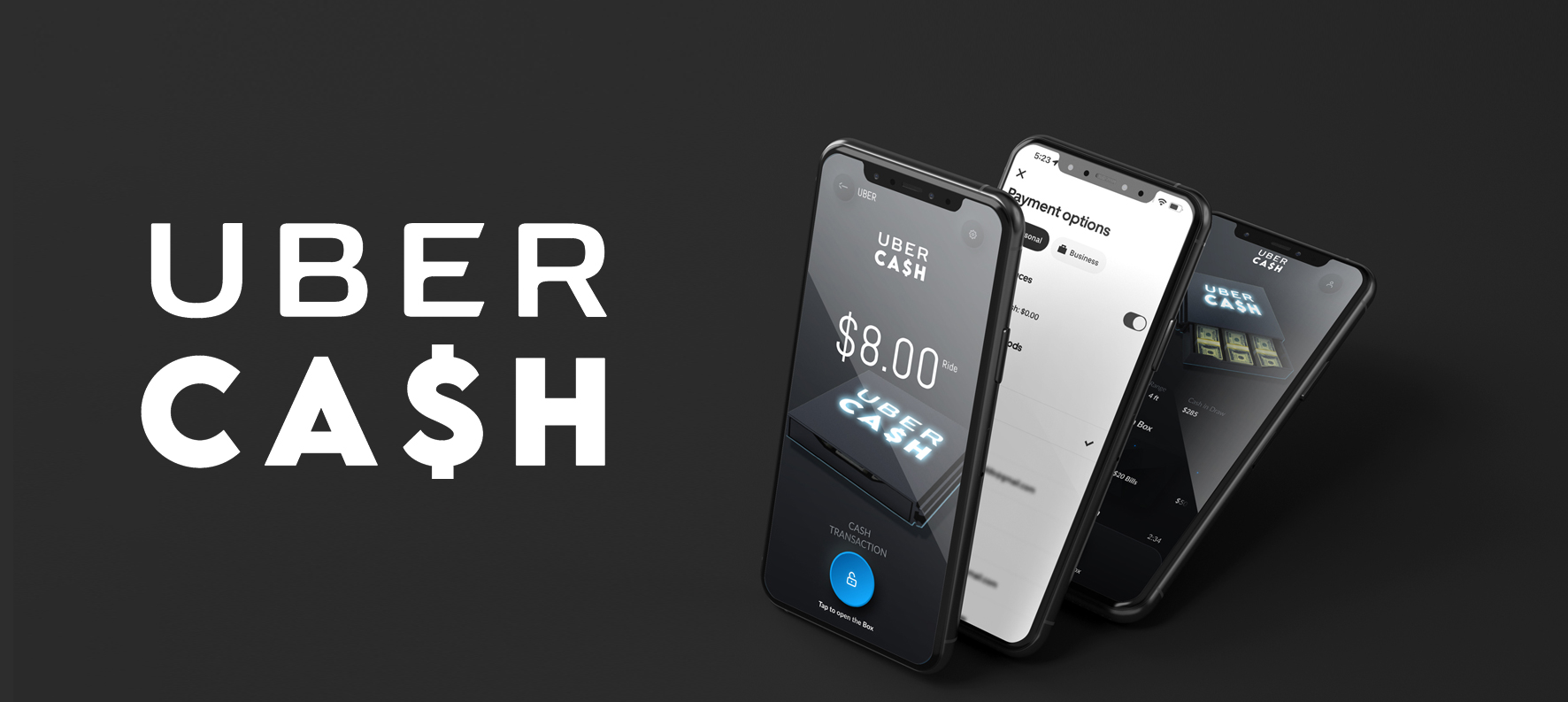
UX Case Study
Integrating Cash Payments in Uber
PROBLEM STATEMENT
Uber’s payment ecosystem primarily relies on digital transactions, creating a barrier for users who prefer or exclusively use cash.
PROJECT OVERVIEW
To bridge this gap, I designed a new feature that introduces a “CASH” payment option in the Uber app and a smart physical device for Uber drivers to collect cash payments and dispense change seamlessly.
OBJECTIVE
-
Enhance Uber’s accessibility by including cash as a viable payment option.
-
Provide a secure and efficient cash-handling experience for drivers.
-
Minimize transactional friction and reduce fraud risk.
User Pain Points
-
Limited Payment Options: Riders in cash-dominant regions lack a convenient way to pay for Uber rides.
-
Driver Inconvenience: Handling cash manually can lead to errors, loss, or theft.
-
Lack of Transparency: Riders and drivers often face disputes over cash transactions without a digital record.
Business Challenges
-
Uber’s existing infrastructure is optimized for digital payments, requiring new backend support for cash transactions.
-
Risk of fraudulent transactions and theft needs mitigation strategies.
-
Ensuring a seamless transition while maintaining Uber’s service efficiency.
User Research & Personas
Cash Payment Adoption in Foreign Markets
Cash remains a dominant payment method in various regions worldwide, especially in countries where digital transactions are still developing. In Ghana and many other African countries, cash payments are the primary mode of transaction due to factors such as low banking penetration and limited access to digital payment solutions. Similarly, regions in Asia, Latin America, and the Middle East also exhibit strong reliance on cash for transportation services, making this feature highly relevant for Uber’s global expansion.
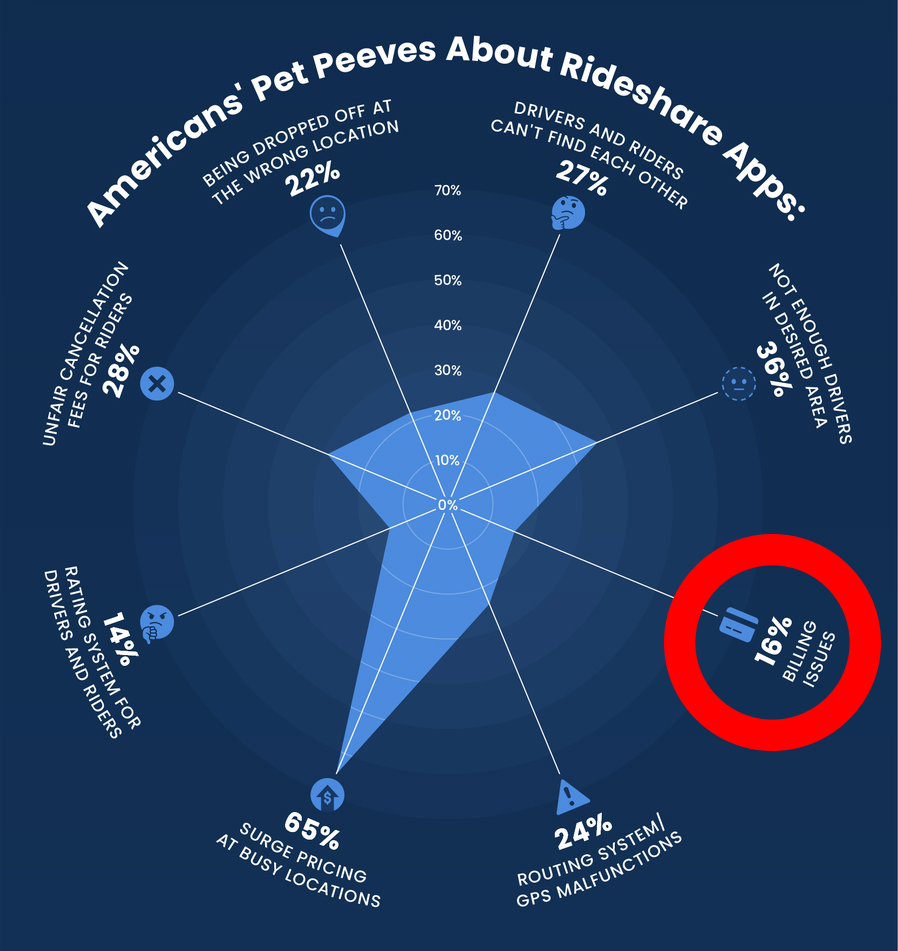
Quantitative Research
According to (UpgradedPoint.com) A Surveyed of 2,000 Uber users across multiple cash-preferred regions.
63% of users expressed frustration over the lack of a cash payment option.
78% of drivers indicated difficulties in handling cash efficiently.
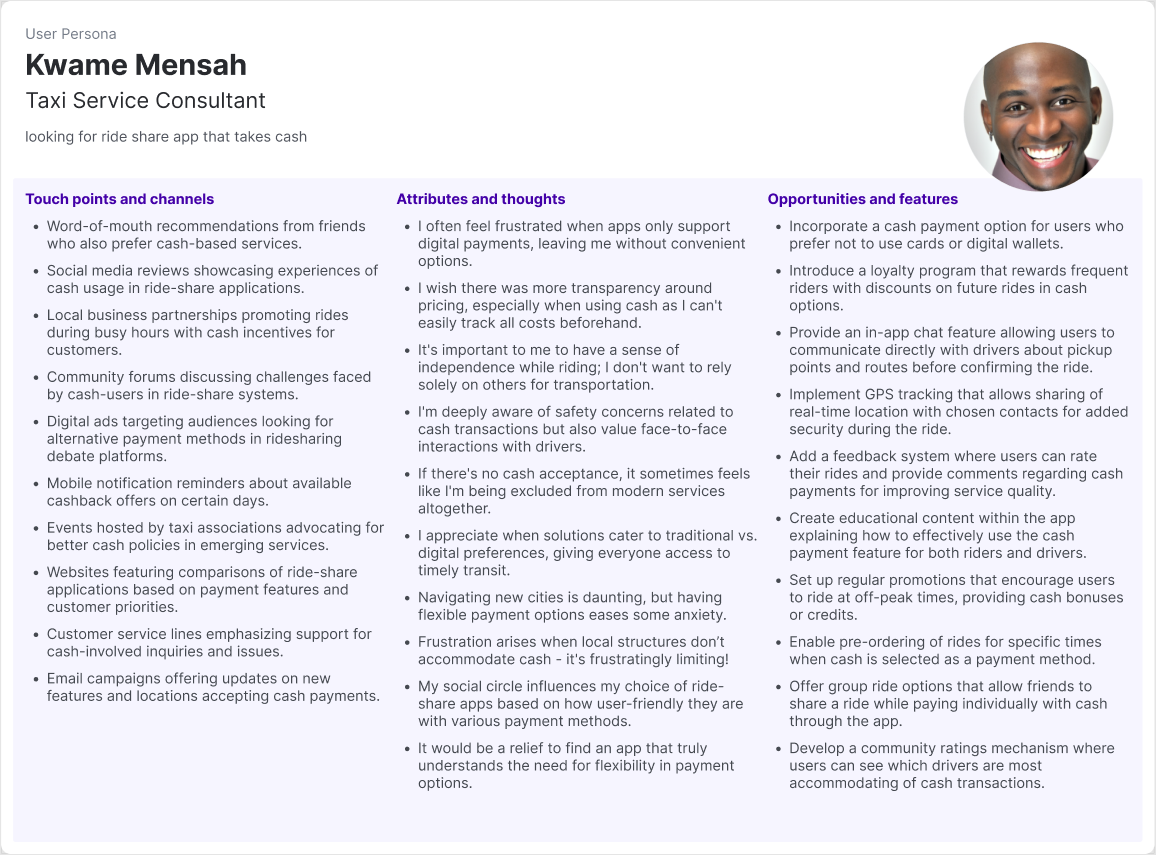
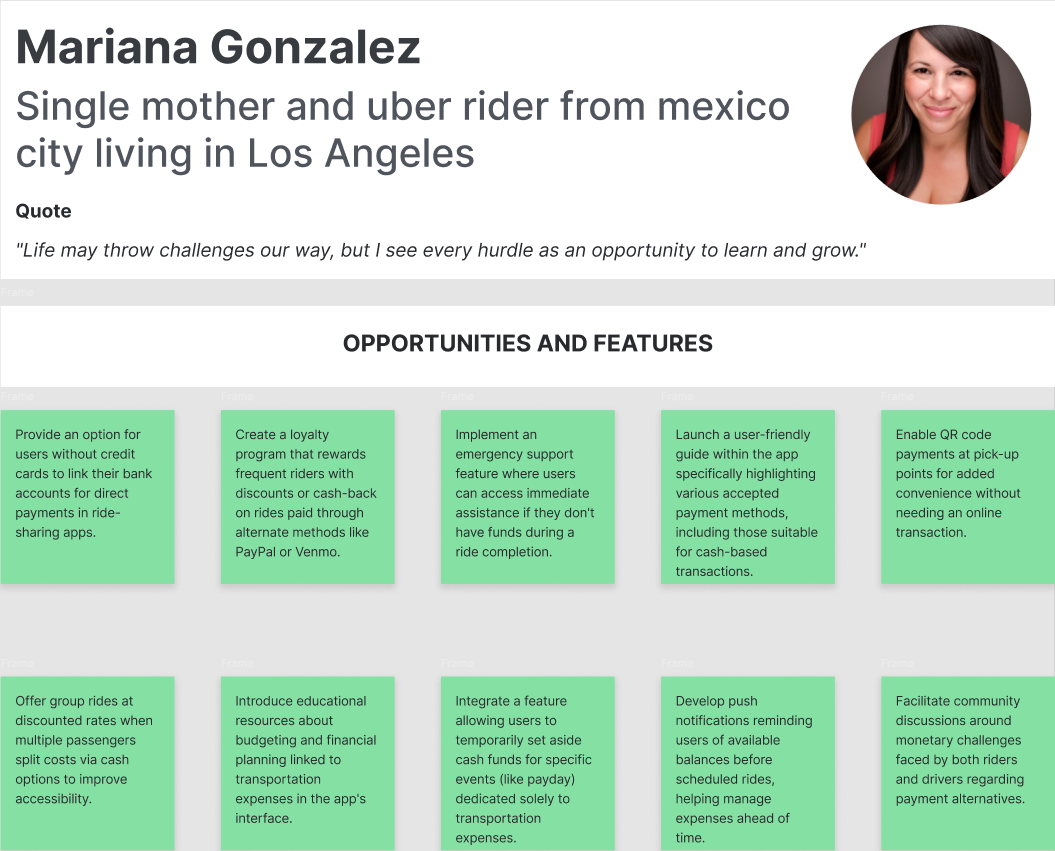
Competitive Analysis

Eisenhower Matrix
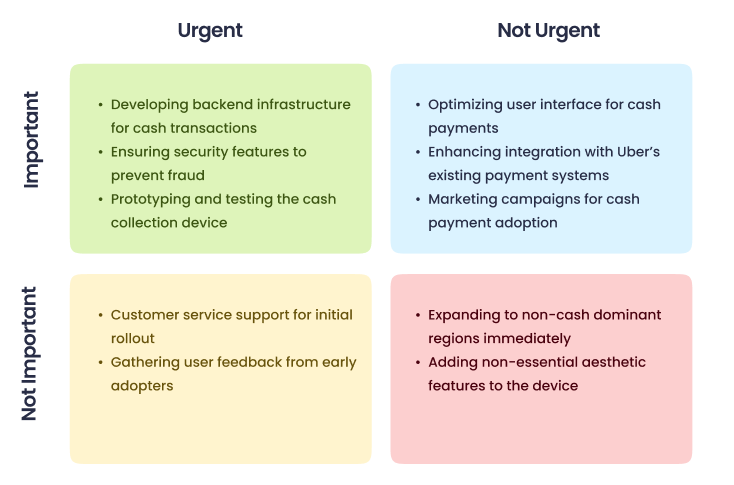
Cash Box sketches
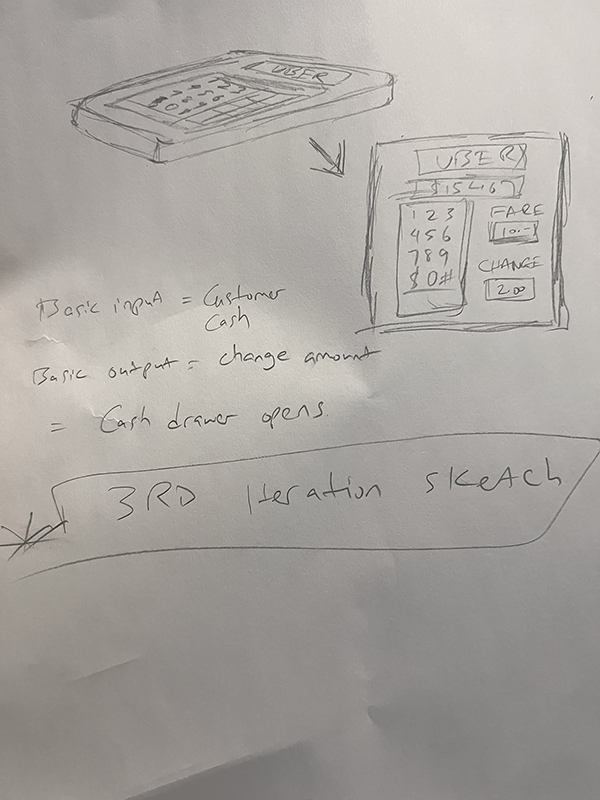
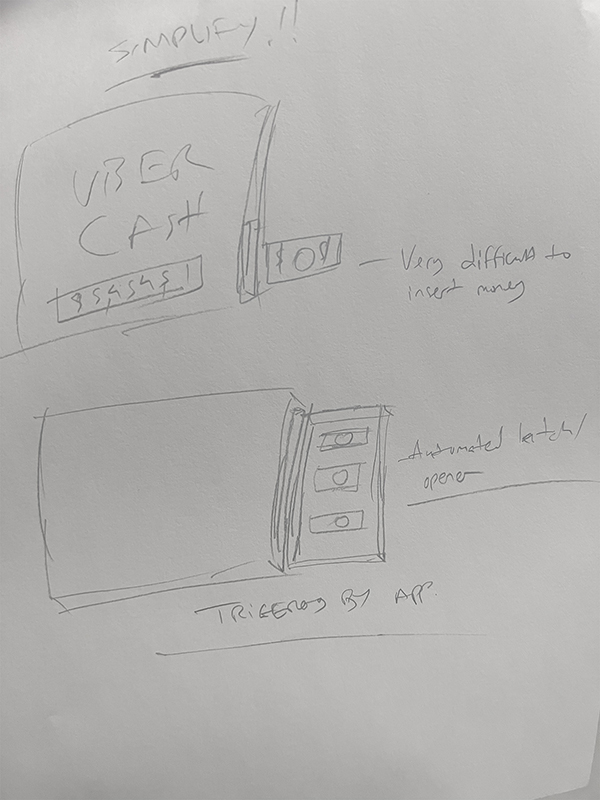
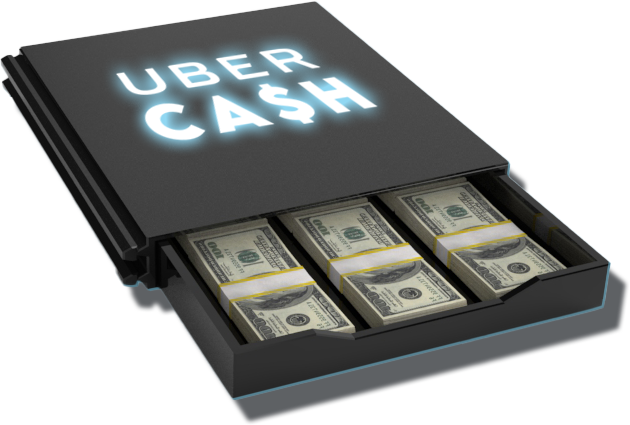
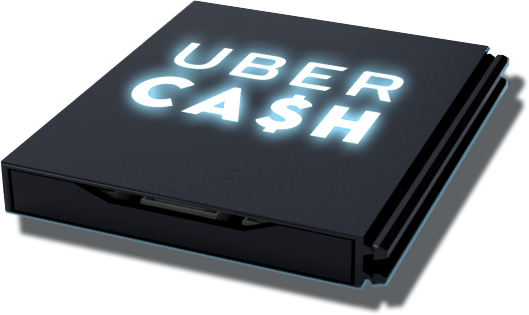
Modeled in 3ds Max
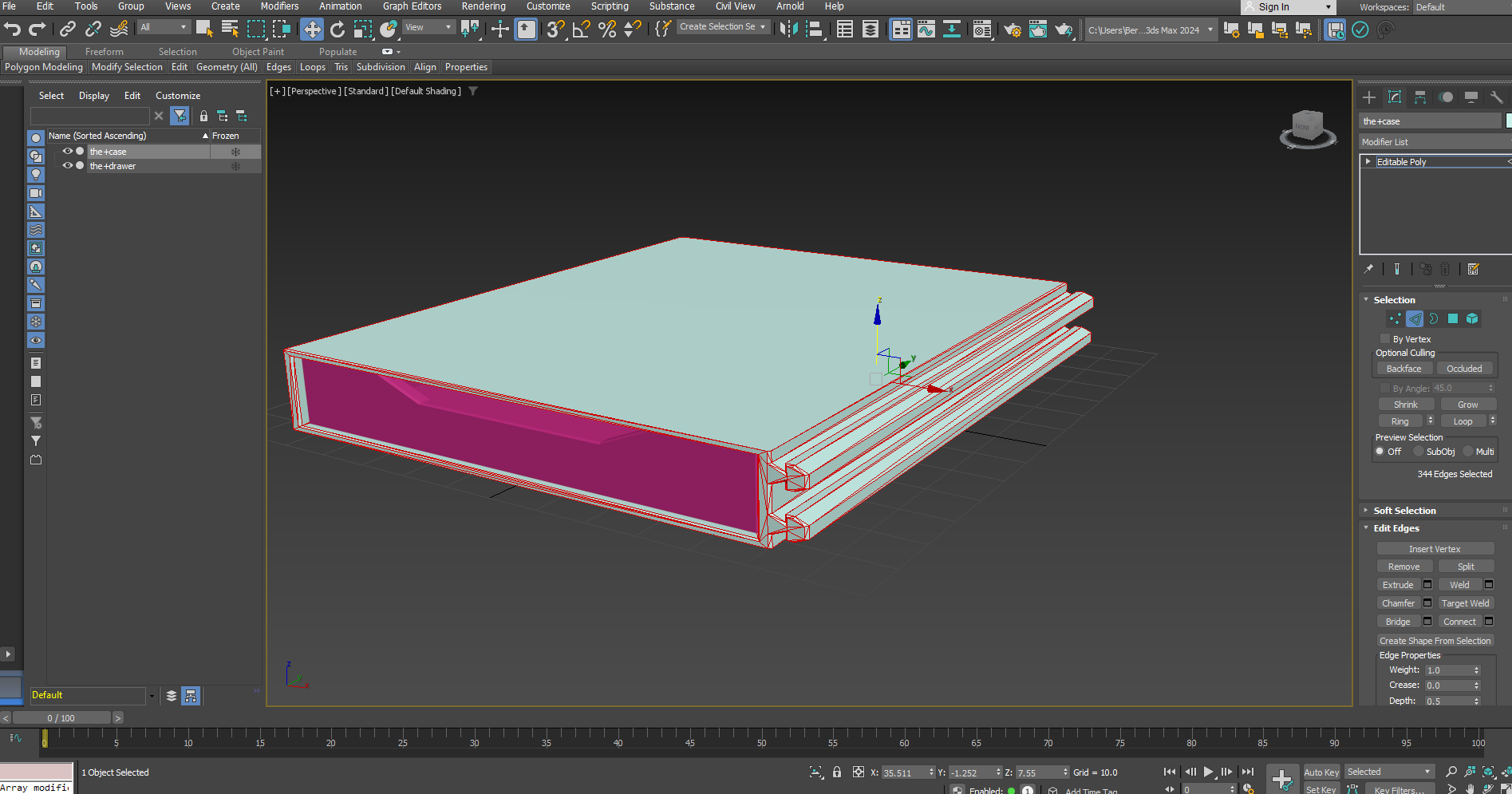
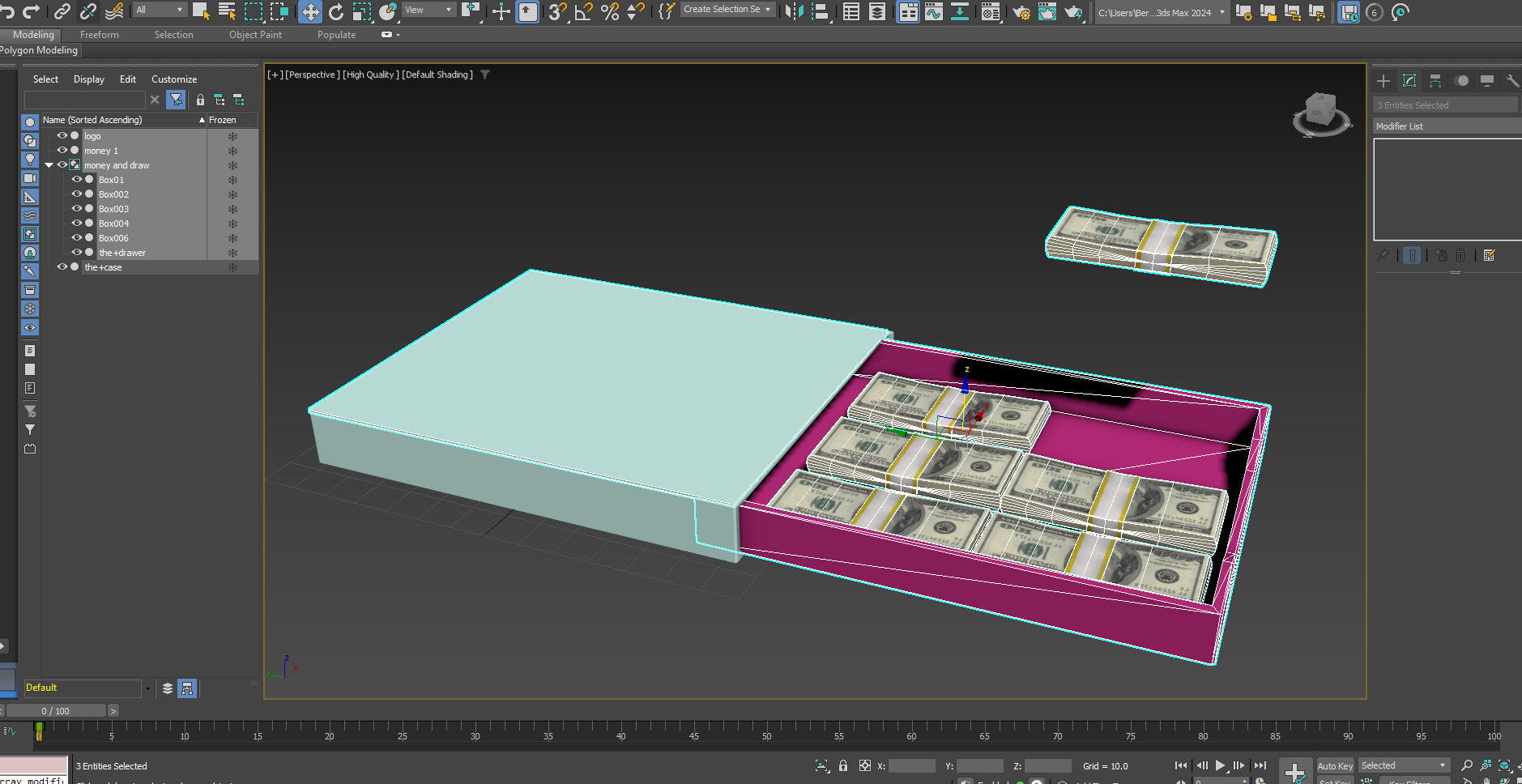
Rendered in Keyshot
Final Design
Softwares used: 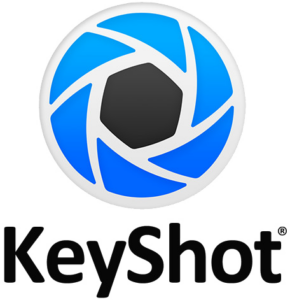
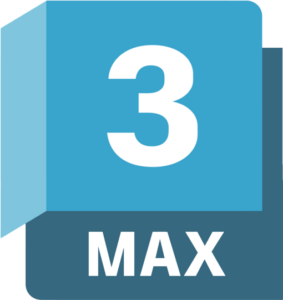
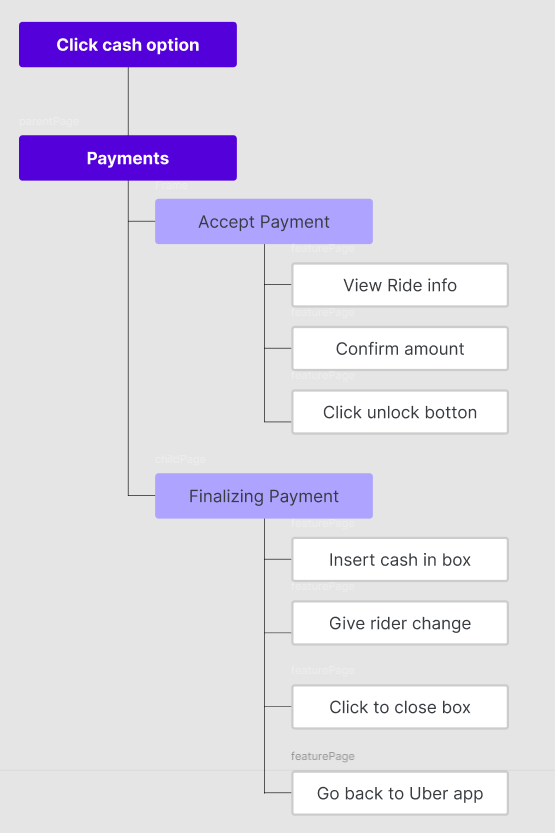
Task Flow
– After a completed ride, driver gets a notification of the type of payment method.
– Driver proceeds to click the Cash icon, which opens up the Cash interface.
– Driver the takes the money from rider, and verifies the Fare price on the app.
– Driver clicks to open the cash box, inserts cash and hands customer change if need be.
_ Driver proceeds to click the close icon for Cash box to close.
Cash Box UI sketches
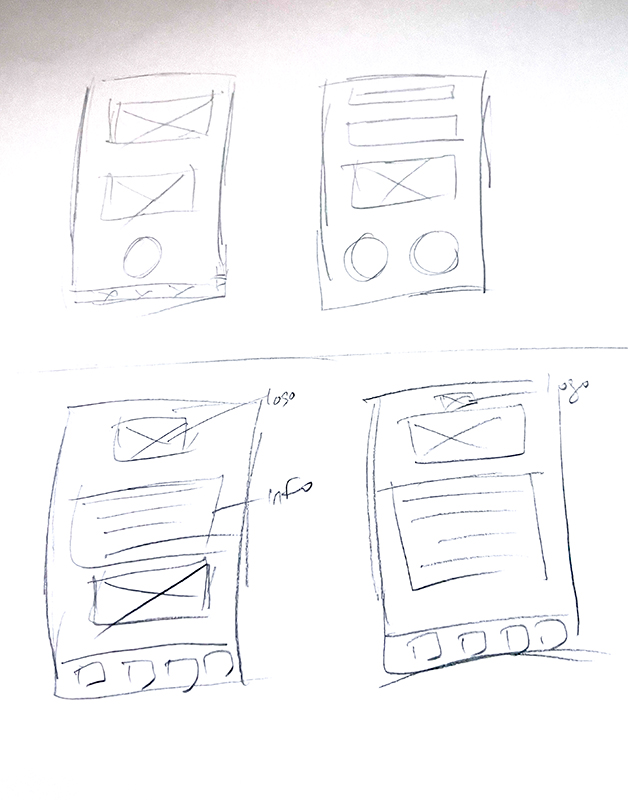
Screens
Conclusion
By integrating a seamless cash payment option and an innovative cash-handling device, Uber can expand its market reach, improve user satisfaction, and enhance operational efficiency. This feature represents a major step in making ride-hailing services more inclusive and adaptable to different payment preferences
